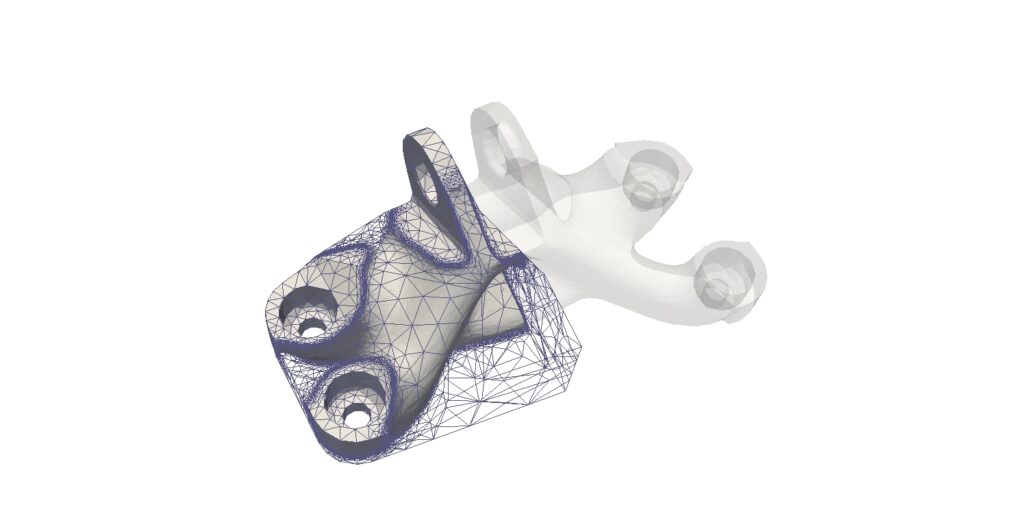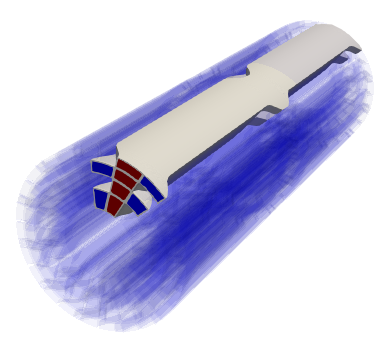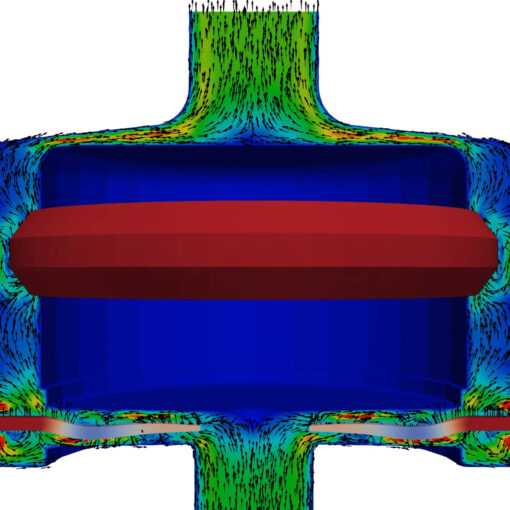
In collaboration with Thales Alenia Space Italia, MOX has developed a new technology based on advanced mathematical algorithms for the topology optimization of mechanical components, in a finite element setting.
The resulting configurations are characterized by lightness and high structural performances, while exhibiting free-form features particularly suited for 3D printing and Additive Layer Manufacturing processes.
The new technology combines consolidated structural optimization methods with advanced techniques for the adaptation of the computational grid. This results in a smart tessellation of the domain which sharply describes the void/material interface of the designed layout, thus containing standard post-processing procedures before manufacturing.
In the framework of the MetaMAT-Lab at Politecnico di Milano, the proposed methodology has been generalized to design new multicellular materials, ideal for 3D printing. To this aim, inverse homogenization analysis has been enriched with a customized generation of the computational mesh. Thanks to this approach, we have created an actual dictionary of innovative microcells, which allow us to ensure physical properties of interest at the macro-scale, ranging from auxetic metamaterials to multi-objective and multi-physics lattices for thermo-elastic applications.
References
- Gavazzoni, N. Ferro, S. Perotto, S. Foletti,Multi-physics inverse homogenization for the design of innovative cellular materials: application to thermo-mechanical problems, Math. Comput.Appl, 27(1), 15, 2022, https://doi.org/10.3390/mca27010015.
- Ferro, S. Perotto, D. Bianchi, R. Ferrante, M. Mannisi,Design of cellular materials for multiscale topology optimization: application to patient-specific orthopedic devices, Struct. Multidiscip. Optim., 65(3), 1-26, 2022, https://doi.org/10.1007/s00158-021-03163-z.
- Ferro, S. Micheletti, S. Perotto,An optimization algorithm for automatic structural design, Comput. Methods Appl. Mech. Engrg., 372, 113335, 2020, https://doi.org/10.1016/j.cma.2020.113335.
- Ferro, S. Micheletti, S. Perotto,Compliance–stress constrained mass minimization for topology optimization on anisotropic meshes, SN Appl. Sci., 2 (7), 1-11, 2020, https://doi.org/10.1007/s42452-020-2947-1.
- Ferro, S. Micheletti, S. Perotto,Density–based inverse homogenization with anisotropically adapted elements, In Numerical Methods for Flows. FEF 2017 Selected Contributions. Series: Lect. Notes Comput. Sci. Eng., Vol. 132, Springer Cham, A. Corsini, S. Perotto, G. Rozza, H. van Brummelen Eds., 211-221, 2020, https://doi.org/10.1007/978-3-030-30705-9_19.
- Ferro, S. Micheletti, S. Perotto,POD-assisted strategies for structural topology optimizations, Comput. Math. Appl. 77(10):2804-2820, 2019, https://doi.org/10.1016/j.camwa.2019.01.010.
- Micheletti, S. Perotto, L. Soli,Topology optimization driven by anisotropic mesh adaptation: Towards a free-form design, Comput.Struct. 214 0-72, 2019, https://doi.org/10.1016/j.compstruc.2019.01.005




